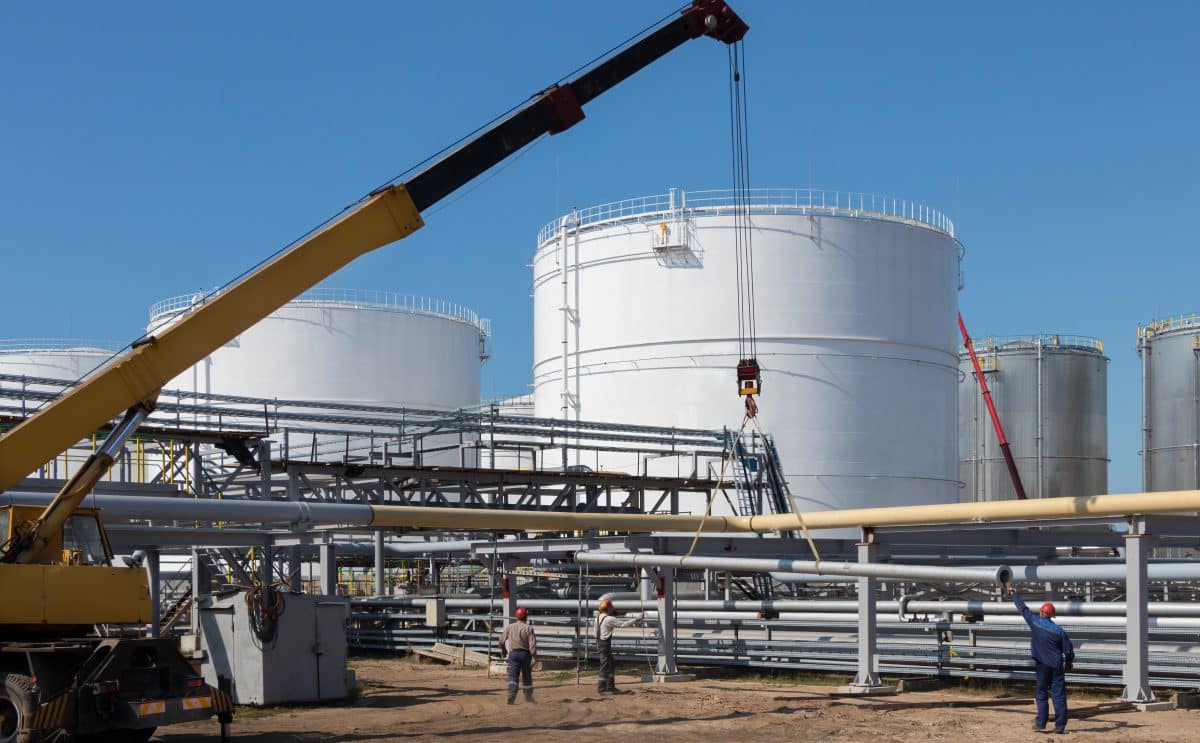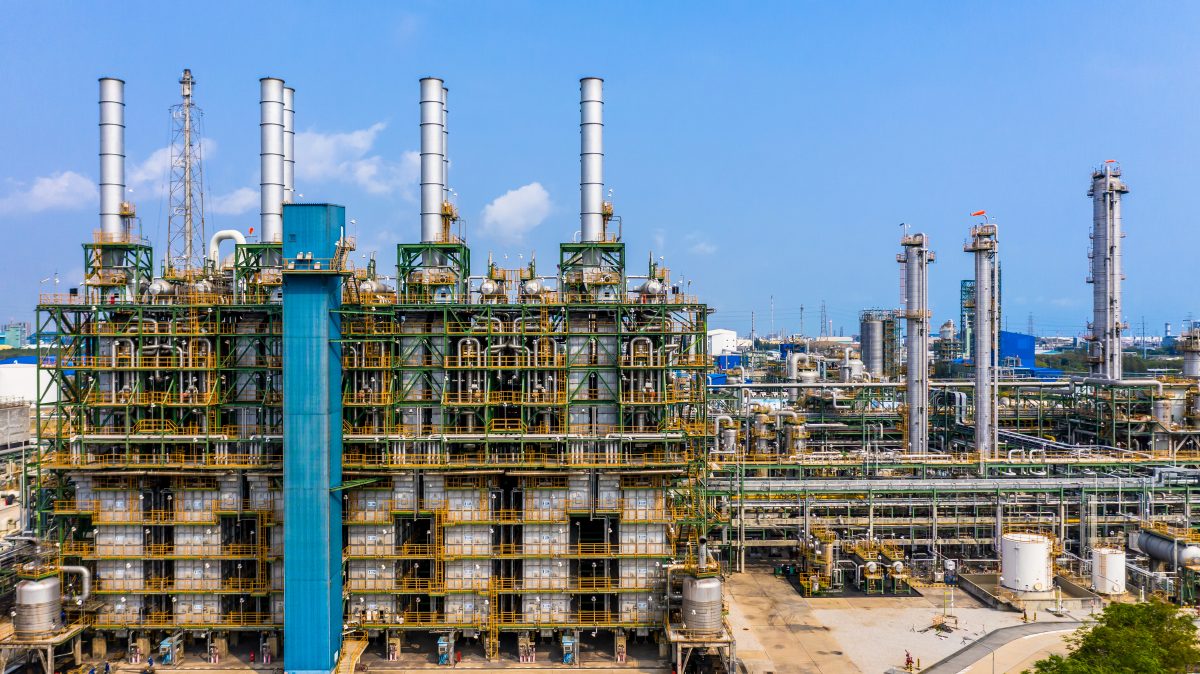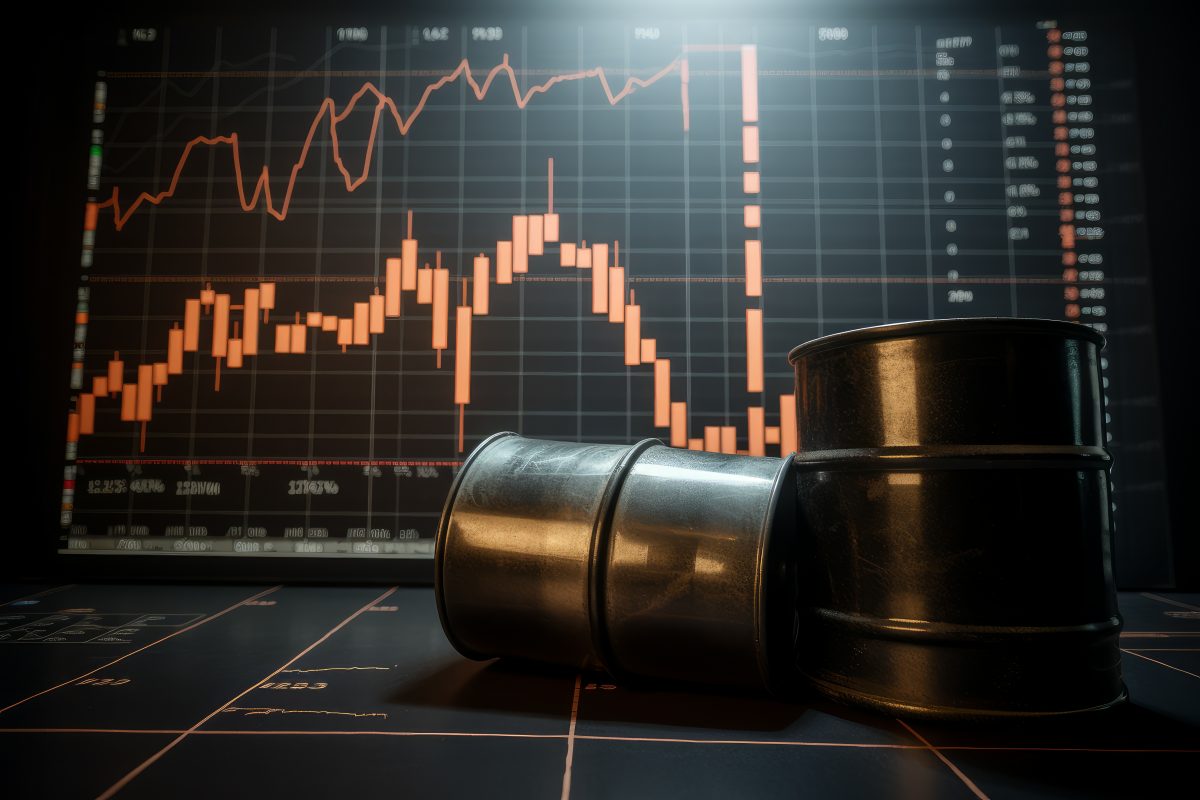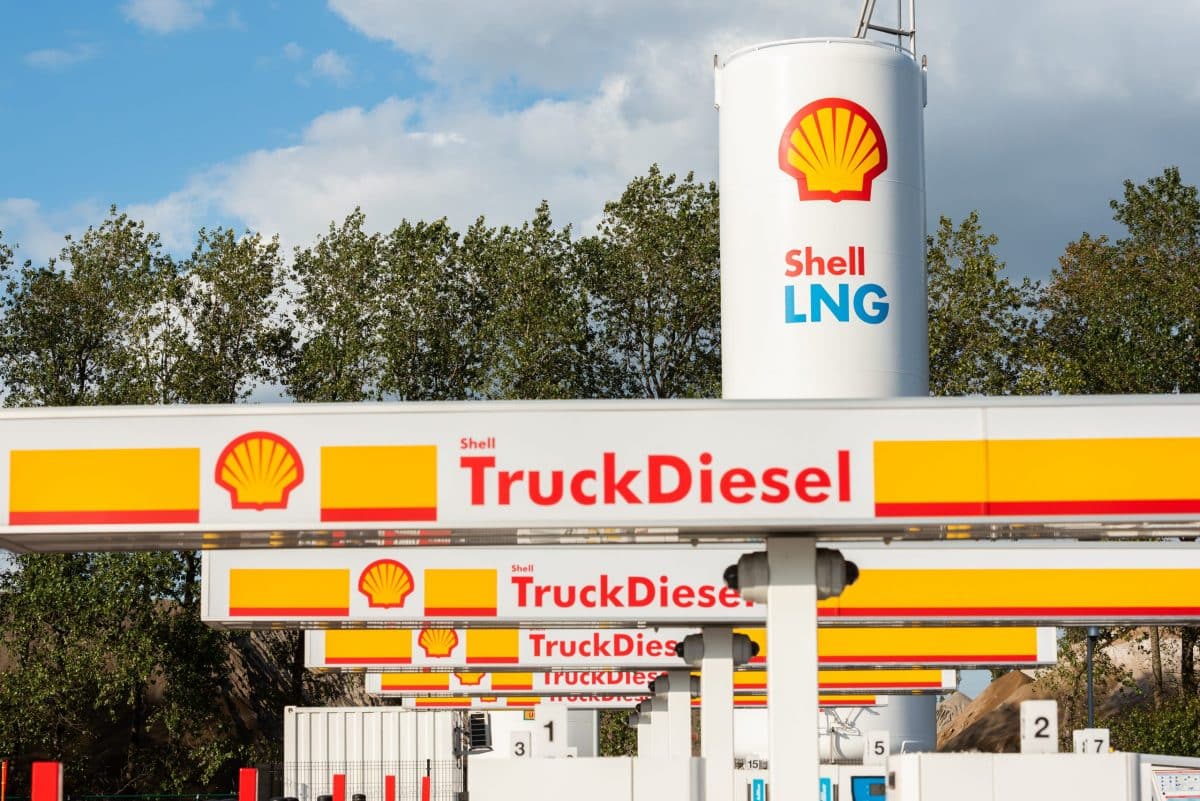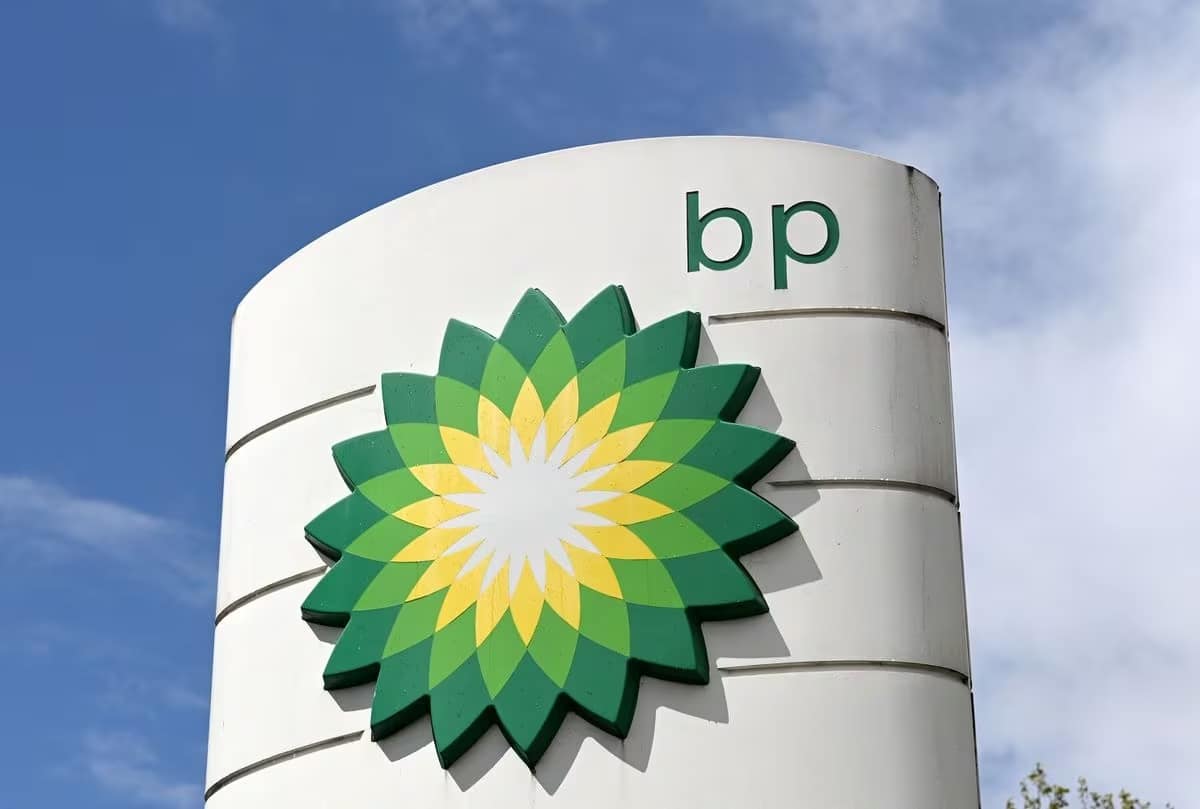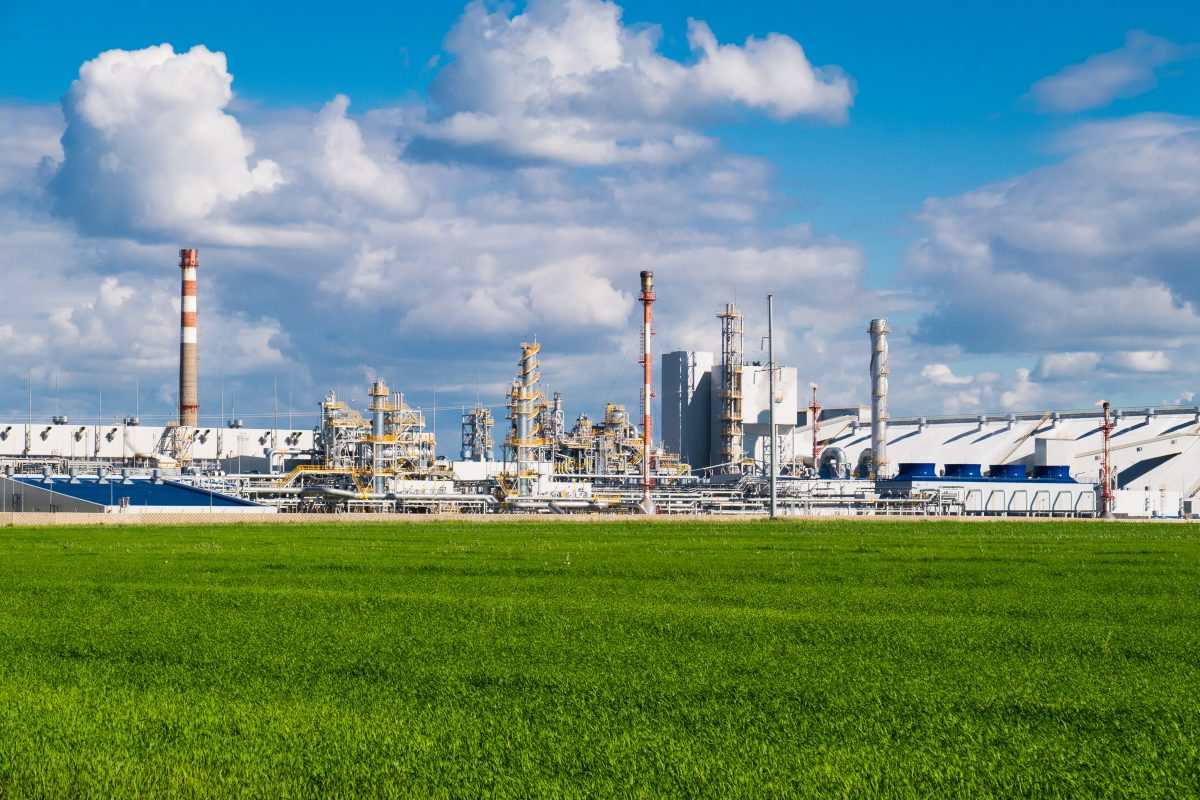Canadian oil producers expect the discount on their crude to shrink significantly when the Trans Mountain pipeline expansion (TMX) starts this year, but the relief may be short-lived as surging supply looks set to exceed the country’s pipeline capacity in just a few years.
TMX will ship an extra 590,000 barrels per day (bpd) of crude, trebling existing capacity to Canada’s Pacific Coast once the C$30.9 billion ($22.8 billion) expansion is finally complete. The Canadian government-owned project has hit technical issues on its final leg of construction, but is still targeting a second quarter in-service date.
For much of the last decade, oil companies in the world’s No. 4 producing country have been forced to sell their barrels at a deep discount to global prices due to lack of pipeline capacity to export crude.
Once TMX is operating, Canadian heavy crude differentials should narrow to around $10-$12 a barrel under U.S. benchmark crude from more than $19 a barrel currently, BMO analyst Ben Pham said in a note to clients last week.
He estimated the expansion would lift Canada’s total takeaway capacity to 5.2 million bpd, leaving 220,000 bpd of unused space on pipelines.
Still, oil sands production is rising so rapidly that some market players think Canada could again run out of pipeline space in less than two years, said RBN Energy analyst Martin King.
“Originally it was thought TMX would give us a four- or five-year window,” King said. “It now looks like that window of spare capacity might actually be a lot smaller.”
Canadian producers could add up to 500,000 bpd of supply this year and next year alone, Colin Gruending, executive vice president of liquids pipelines at midstream firm Enbridge Inc (ENB.TO), opens new tab, estimated on an earnings call this month.
The prospect for more bottlenecks would likely widen the discount again, and could deter companies from longer-term investments in growing Canada’s production.
For existing pipeline operators, the rising production and strong demand for capacity is good news. Enbridge said it may continue rationing space on its 3.1 million bpd Mainline pipeline system even once TMX starts operating, allaying concerns among some analysts the company could see a drop in volumes and revenues.
MORE OPTIONS
Most of the new capacity on TMX will be for heavy crude barrels, meaning light and synthetic crude oil is most likely to face rationing on the Mainline and any resulting price discounts, said RBN’s King.
The new capacity on TMX will give heavy crude producers a choice of sending barrels to the U.S. west coast and Asia, or to the U.S. Midwest and Gulf Coast on existing pipelines.
On a recent earnings call, Imperial Oil (IMO.TO), opens new tab CEO Brad Corson said having spare pipeline capacity would lift the value of heavy crude for the entire Canadian oil industry.
Imperial will continue to move most of its barrels to the Midwest and Gulf Coast, while keeping a look out for the highest-value markets, he added.
Ryan Bushell, president of Newhaven Asset Management, which holds shares in pipeline companies including Enbridge, said TMX would likely run at less than full capacity if strong pricing on the Gulf Coast, the world’s largest heavy crude refining centre, drew barrels onto pipelines heading south.
“It all depends on where the best pricing is, for the first time in a long time producers will have optionality,” Bushell said.
No matter how fast TMX fills up, it is likely to be Canada’s last major export pipeline ever built, due to regulatory hurdles, environmental opposition and uncertainty about future oil demand.
“The potential for brand new pipelines getting built is pretty close to zero,” RBN’s King said.
By Nia Williams / Reuters , February 21, 2024

